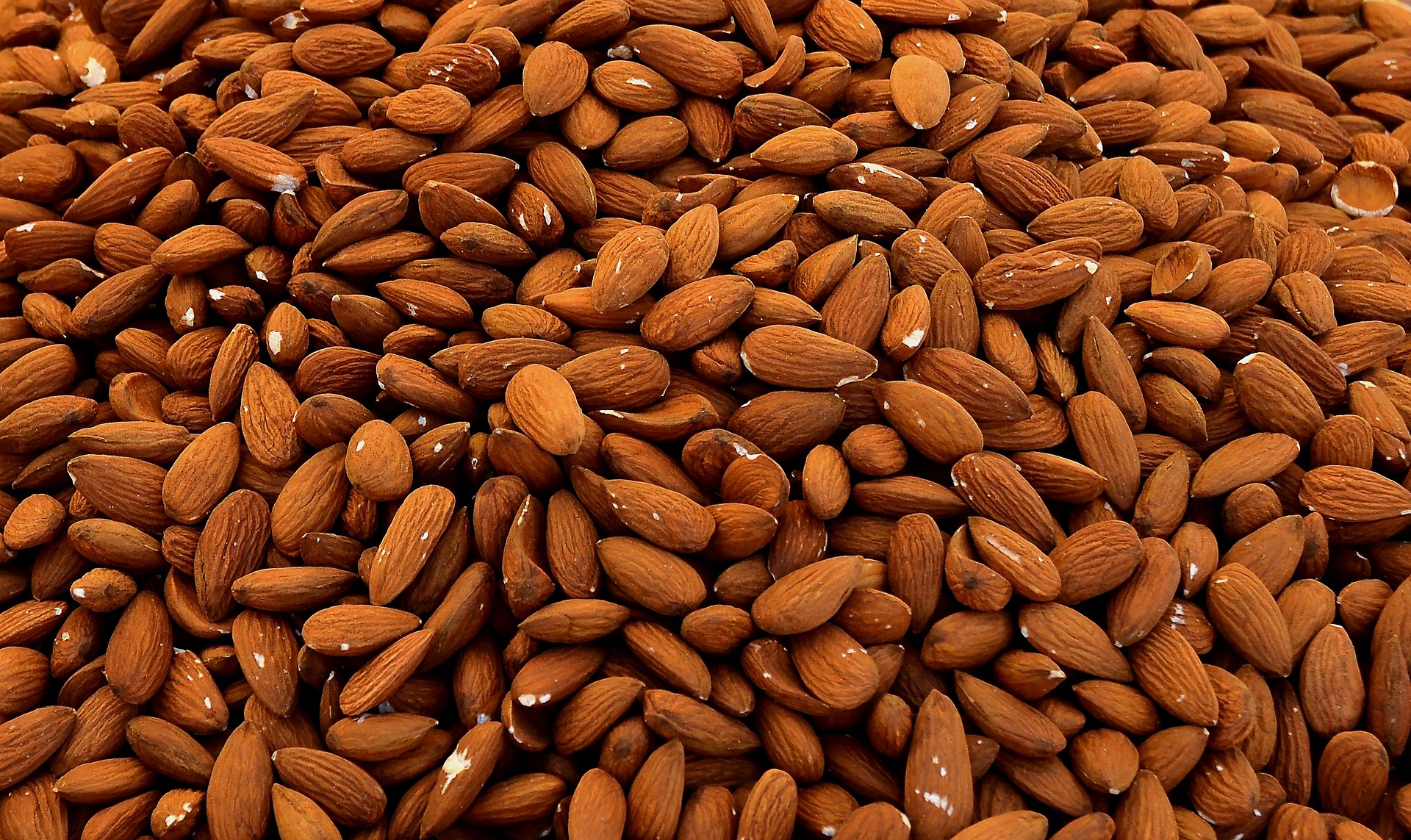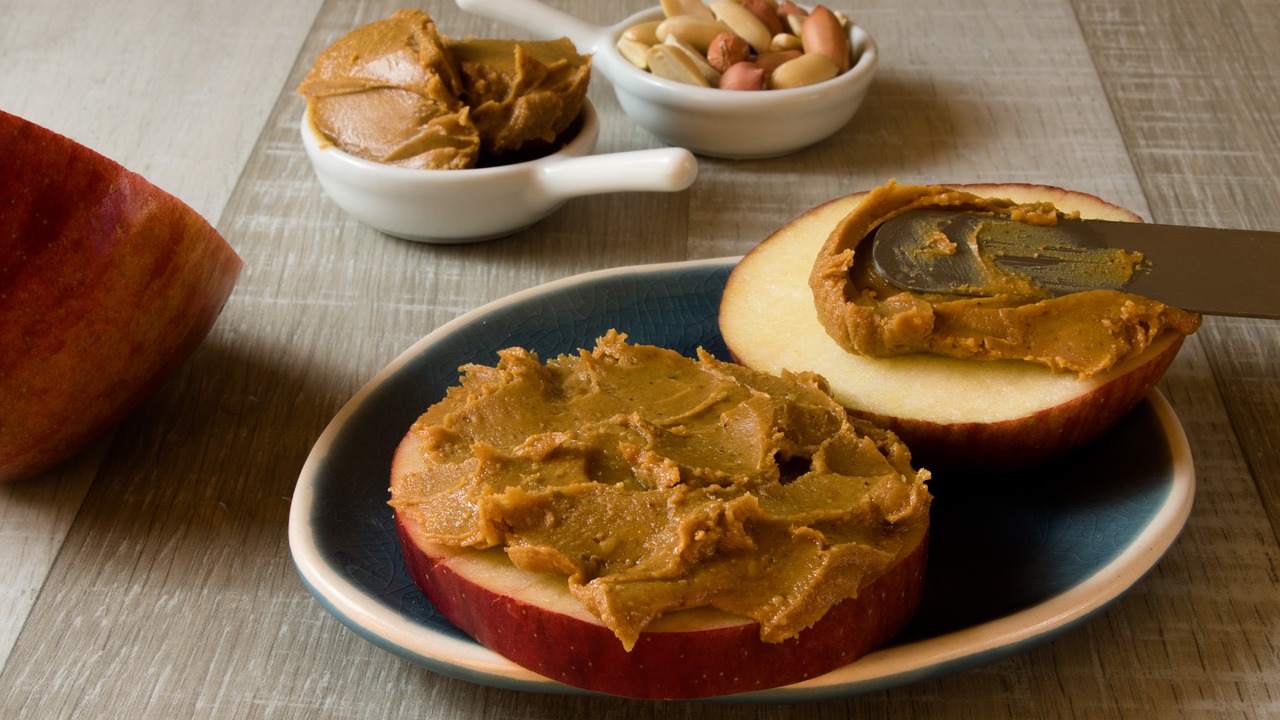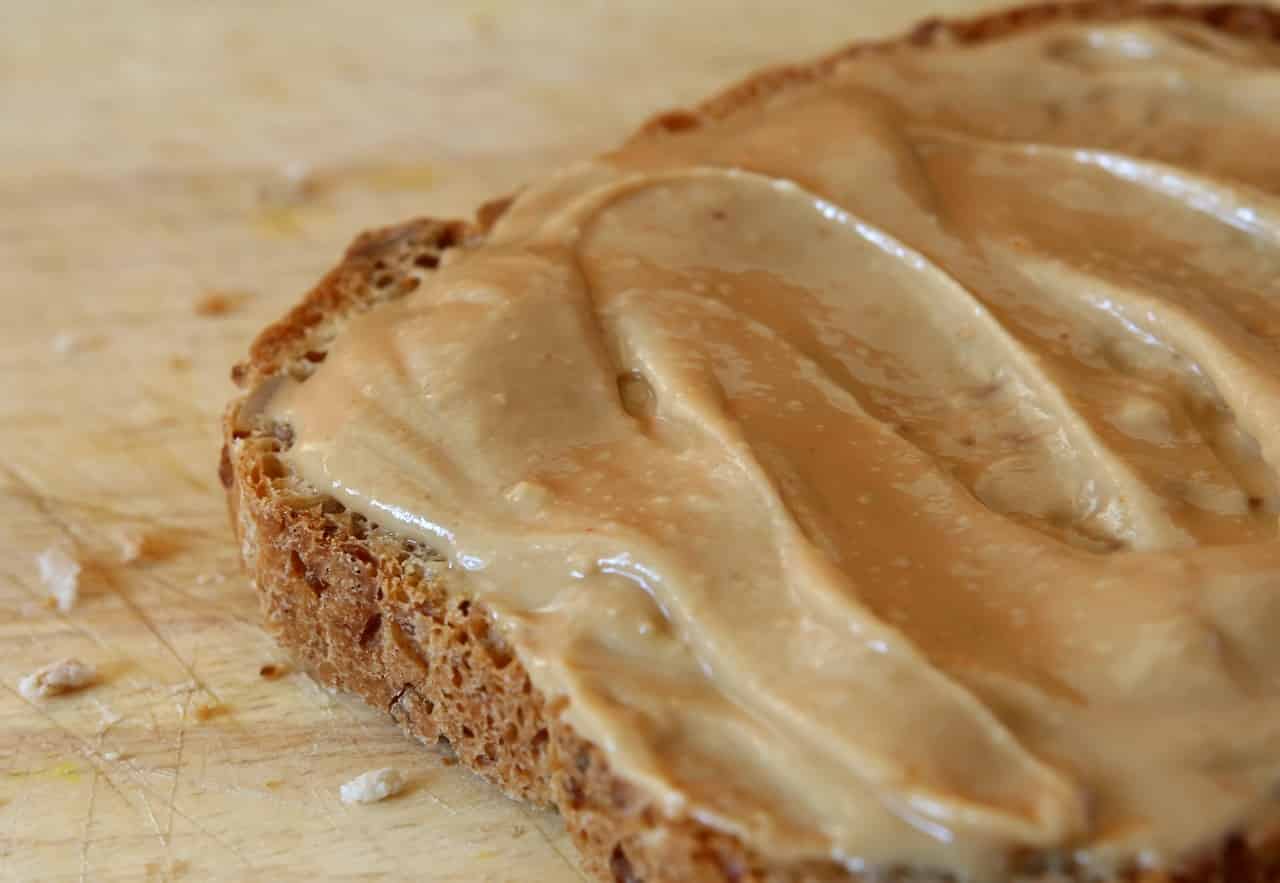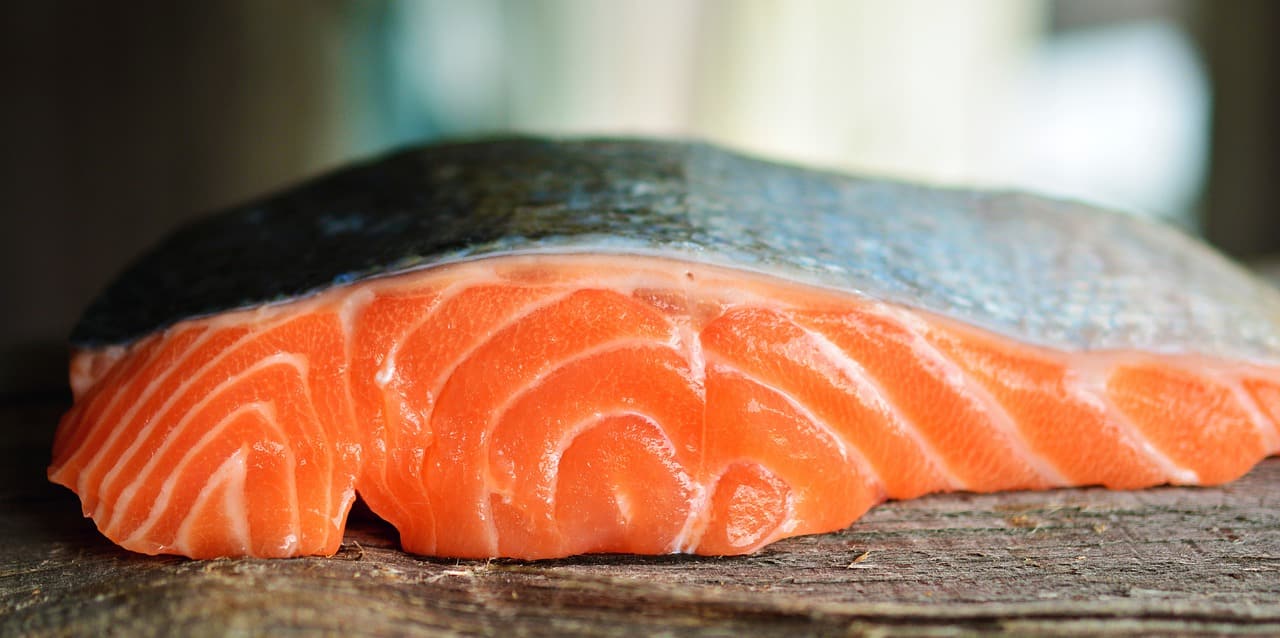I’m not saying all your protein has to come from meat, but even though they’re about twenty percent protein — roughly the same amount as meat — nuts are a crappy way to get protein.
Now, I love getting protein from plant sources as much as I can. I eat two cans of beans after every workout and I’m the first person to remind you that potatoes and oats have a surprisingly complete amino acid score.
Editor’s note: This article is an op-ed. The views expressed herein and in the video are the author’s and don’t necessarily reflect the views of BarBend. Claims, assertions, opinions, and quotes have been sourced exclusively by the author.
I was a vegetarian for five years and can safely say I’ve explored just about every kind of plant protein around, from amaranth to za’atar. During that period, I ravenously consumed every “top ten vegan proteins” article I could find. Every one of them had nuts. And nuts really aren’t that great.
(Note that I’m going to be discussing nuts and peanuts in this piece, differentiating when appropriate. We all know that peanuts are technically legumes, but half the time people talk about nut protein they’re talking about peanut butter. And besides, for the purpose of this piece, peanuts and tree nuts are very similar in terms of macros and amino acids.)
Nuts and Amino Acids
Protein is made up of amino acids, and protein is considered more “complete” or “high quality” when it has all of the nine essential amino acids in roughly equal amounts. These are the amino acids the body can’t produce on its own and needs to obtain through food.
Now, I’m not about to say that every time you eat protein it needs to be complete. With a few notable exceptions (like soy and quinoa), most plant-based sources of protein are incomplete, but that doesn’t make them useless. A lot of them can be great ways to build muscle because they have enough of the right amino acids.
What’s really great for building muscle and stimulating muscle protein synthesis are branched chain amino acids, especially leucine. Leucine is everyone’s favorite amino acid because a ton of studies show it’s best for stimulating muscle protein synthesis and preserving muscle during fat loss.(1) Two to five grams is generally considered a good dose for this effect.
How Much Leucine In Nuts?
A scoop of whey protein powder has about three grams of leucine. So do about 130 grams of beef or two cups of cooked kidney beans.
Nuts? Nuts aren’t great. A hundred grams of almonds has about 1.5 grams of leucine.(2) The same amount of peanuts has about 1.9 grams.(3)
That’s not great if you’re eating 100 grams of nuts, but remember that a serving of nuts is only about an ounce (28 grams). That’s one handful, or two tablespoons if you’re talking butter. Meaning that an actual serving of nuts will have well under a gram of leucine.
Granted, if you’re eating 150 grams of nuts then you’ll hit a decent amount of leucine (and some 35 grams of protein overall), but that’s where we meet another hurdle with nut protein.
Nuts Are So High in Fat
Nuts are so damn high in fat. Want to make sure you’re getting at least two grams of leucine? Eat at least 150 grams. Just make sure your macros are ready for the whopping seventy-five grams of fat you’ll be consuming with it. A hundred and fifty grams (or about one cup) of nuts has a solid 35-ish grams of protein, but it comes in at over eight hundred calories.
No diet plan on Earth recommends you eat eight hundred calories of nuts in a day, and not just because that’s a lot of fat. It’s also because…
Nut Fat Really Isn’t That Great, Either
Look, all kinds of fat are delicious. (Especially trans fat. Miss you, b.) And fat is a really important component of a healthy diet. It’s great for keeping your hormones healthy, your energy levels up, and your insulin sensitivity high. In some cases, like with omega-3 fatty acids, it can have significant positive effects on your cognition and your risk of depression.(4)(5)
But the fat found in nuts isn’t high quality. One or two handfuls a day is still a good idea — a lot of very good studies have found that this can significantly contribute to longevity.(6) But if you wanted to eat enough nuts to get a good hit of leucine, you’ll be consuming a ton of fat that’s far from olive oil-level quality.
Nuts tend to have a lot of omega-6 and if you didn’t know, too much omega-6 when combined with too little omega-3 is a problem. A good ratio of omega-3 to 6 has been linked to lower cholesterol and stronger bones while too much omega-6 has correlations with inflammation, heart disease, obesity, and cancer.(7)
In terms of dietary intake, an ideal ratio of omega-3 to omega-6 is about 1:4 and 1:1 is even better (though practically unattainable for most of us). The average person eats closer to 1:20. The ratio in almonds is 1:1987, cashews 1:125, and peanuts have practically no omega-3 at all.
Nuts and Omega-3s
“Aren’t some nuts a good source of omega-3?”
No. They aren’t. Some of them have an okay amount of omega-3, with the classic example being walnuts. They have a 1:4 ratio of omega-3 to omega-6, which isn’t all that bad.
But the omega-3s in nuts sucks. They come in the form of ALA, or alpha-linolenic acid, which needs to be converted in the body to EPA or DHA, the omega-3s found in fish that are associated with all the aforementioned benefits. During the conversion process, we lose about ninety percent of them.(8)
Get your omega-3s from seafood and grass-fed beef, or if you want to stick to plant sources get them from microalgae, which is where most fish get theirs from.
Wrapping Up
Again, one or two handfuls of nuts per day definitely has health benefits. But relying on nuts for protein or for fat is a lousy way to fill your macros.
References
- Breen, L. Leucine: a nutrient ‘trigger’ for muscle anabolism, but what more? J Physiol. 2012 May; 590(Pt 9): 2065–2066.
- Boye, J. Protein quality evaluation twenty years after the introduction of the protein digestibility corrected amino acid score method. Br J Nutr. 2012 Aug;108 Suppl 2:S183-211.
- Young, C. Amino Acid Composition of Three Commercial Peanuts Varieties. Journal of Food Science. Volume45, Issue 4, pp. 1086-1087.
- Bauer, I et al. Omega-3 supplementation improves cognition and modifies brain activation in young adults. Hum Psychopharmacol. 2014 Mar;29(2):133-44.
- Osher Y, et al. Omega-3 fatty acids in depression: a review of three studies. CNS Neurosci Ther. 2009 Summer;15(2):128-33.
- Bao Y, et al. Association of nut consumption with total and cause-specific mortality. N Engl J Med. 2013 Nov 21;369(21):2001-11.
- Maggio M, et al. The impact of omega-3 fatty acids on osteoporosis. Curr Pharm Des. 2009;15(36):4157-64.
- Davis, BC. Achieving optimal essential fatty acid status in vegetarians: current knowledge and practical implications. Am J Clin Nutr. 2003 Sep;78(3 Suppl):640S-646S.




